ChargePOINT, INC. v. SemaCONNECT, INC., FEDERAL CIRCUIT 2019 (SOFTWARE PATENTS)
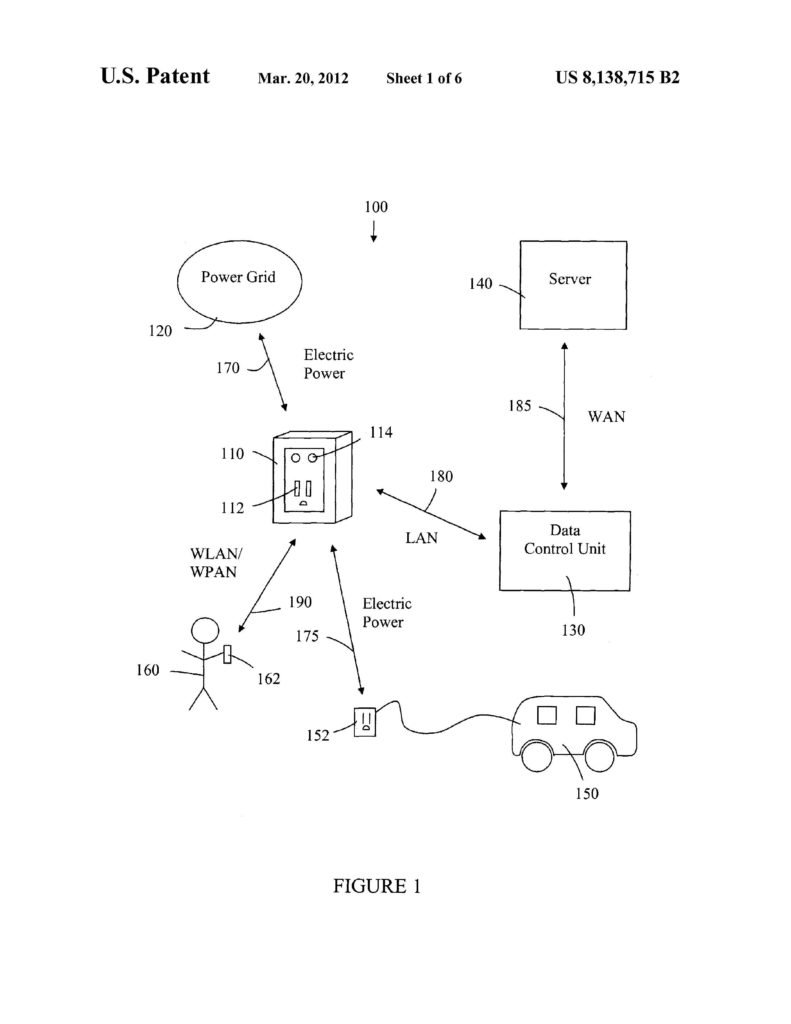 This is a software patent decision in which the court ignored a substantial amount of hardware in the patent claim and found that the claim was directed to an abstract idea and therefore invalid. In the Alice Supreme Court decision, the main issue was whether the patentee took a well known financial method and merely automated it on a computer. In most post-Alice decisions, the computer was largely ignored in determining whether the claim was directed to an abstract idea and therefore unpatentable under 35 U.S.C. 101, unless there was an improvement in operation of the computer.
This is a software patent decision in which the court ignored a substantial amount of hardware in the patent claim and found that the claim was directed to an abstract idea and therefore invalid. In the Alice Supreme Court decision, the main issue was whether the patentee took a well known financial method and merely automated it on a computer. In most post-Alice decisions, the computer was largely ignored in determining whether the claim was directed to an abstract idea and therefore unpatentable under 35 U.S.C. 101, unless there was an improvement in operation of the computer.
The ChargePOINT case relates to U.S. Patent No. 8,138,715; 8,432,131; 8,450,967; and 7,956,570 for charging stations for electric vehicles. The battery…
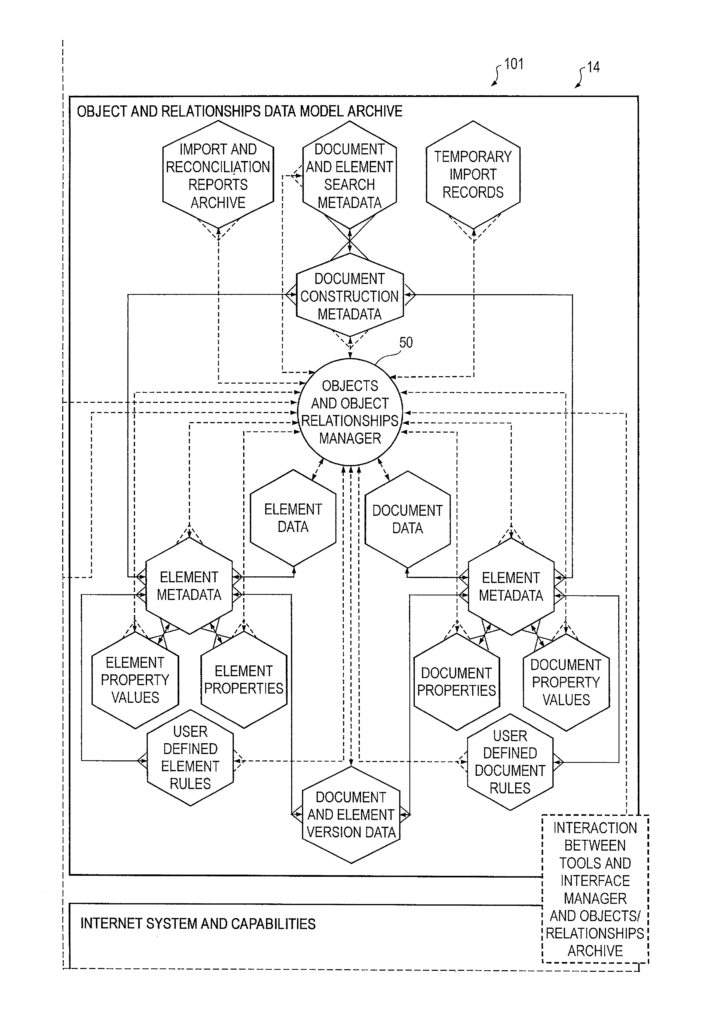 Mr. Berheimer sued HP. HP moved for summary judgment that claims 1–7 and 9 of U.S. Patent No. 7,447,713 are patent ineligible under 35 U.S.C. § 101, and the district court granted the motion.
Mr. Berheimer sued HP. HP moved for summary judgment that claims 1–7 and 9 of U.S. Patent No. 7,447,713 are patent ineligible under 35 U.S.C. § 101, and the district court granted the motion.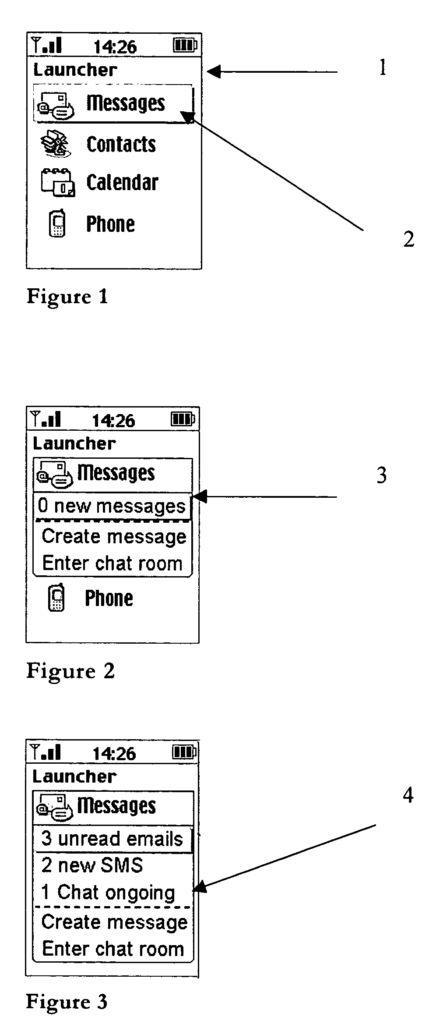 In this case, LG Electronics appealed from a district court decision denying summary judgement that claims 8 and 9 of a software patent, No. 8,713,476 and claims 11 and 13 of another software patent, No. 8,434,020 are directed to patent ineligible subject matter under 35 U.S.C. § 101.
In this case, LG Electronics appealed from a district court decision denying summary judgement that claims 8 and 9 of a software patent, No. 8,713,476 and claims 11 and 13 of another software patent, No. 8,434,020 are directed to patent ineligible subject matter under 35 U.S.C. § 101.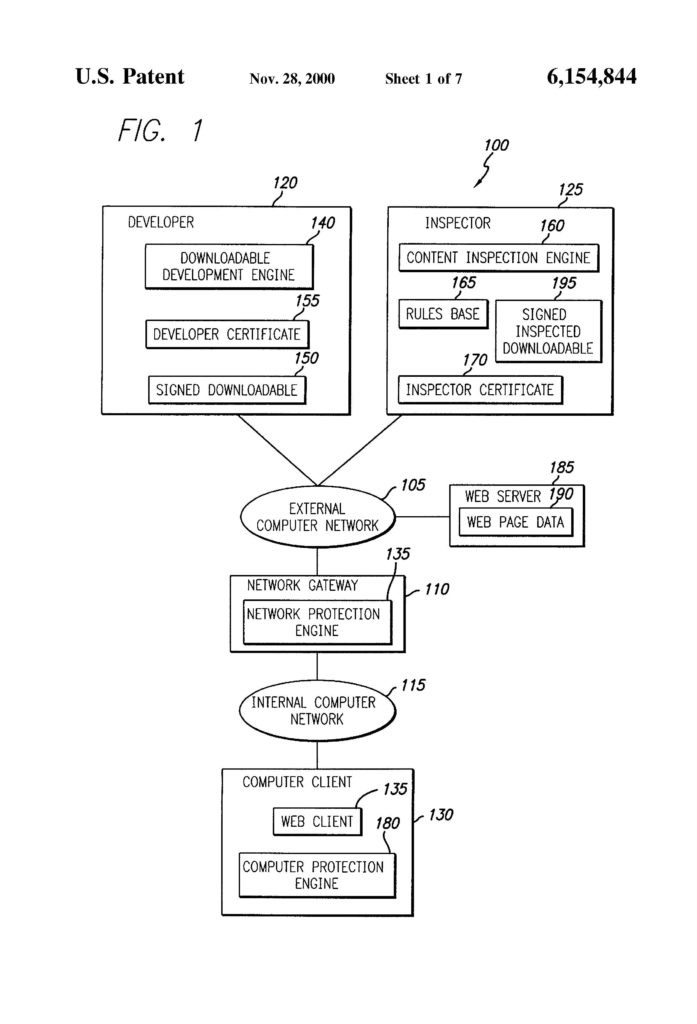 Finjan brought suit against Blue Coat for infringement of software patents directed to identifying and protecting against malware. One of the software patents is directed to a method of providing computer security by scanning a downloadable and attaching the results of that scan to the downloadable itself in the form of a “security profile.”
Finjan brought suit against Blue Coat for infringement of software patents directed to identifying and protecting against malware. One of the software patents is directed to a method of providing computer security by scanning a downloadable and attaching the results of that scan to the downloadable itself in the form of a “security profile.”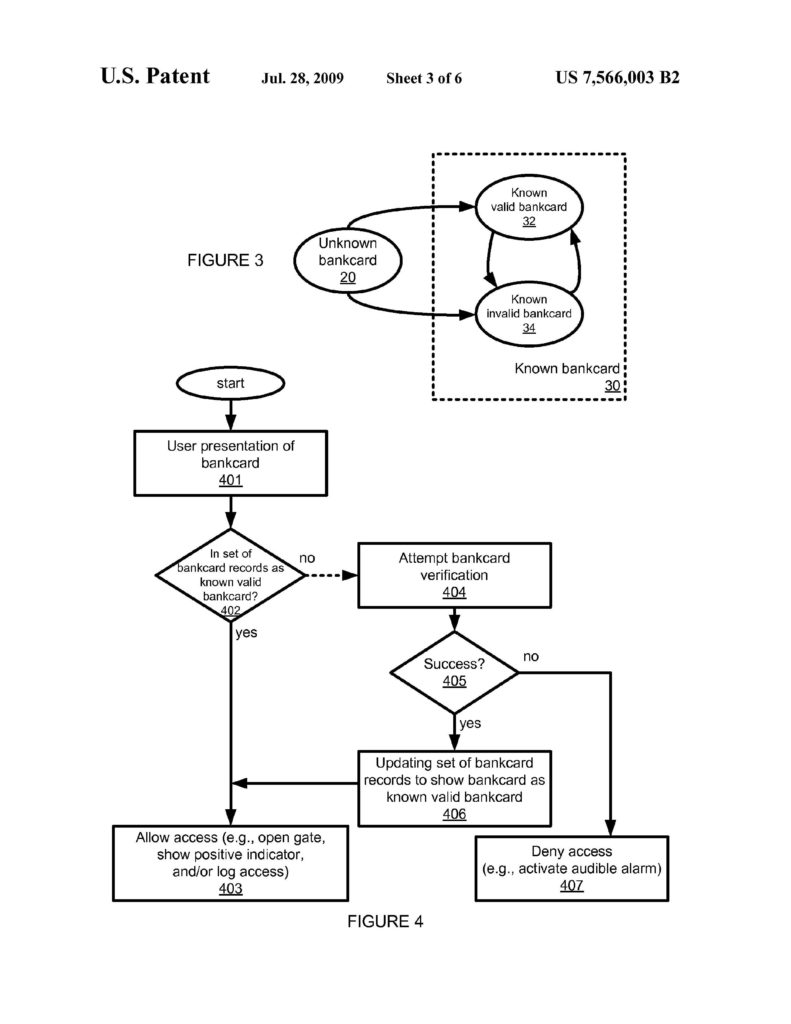 This case concerned an appeal from a district court case which held that Visual Memory’s U.S. Patent No. 5.953,740 was drawn to patent-ineligible subject matter.
This case concerned an appeal from a district court case which held that Visual Memory’s U.S. Patent No. 5.953,740 was drawn to patent-ineligible subject matter.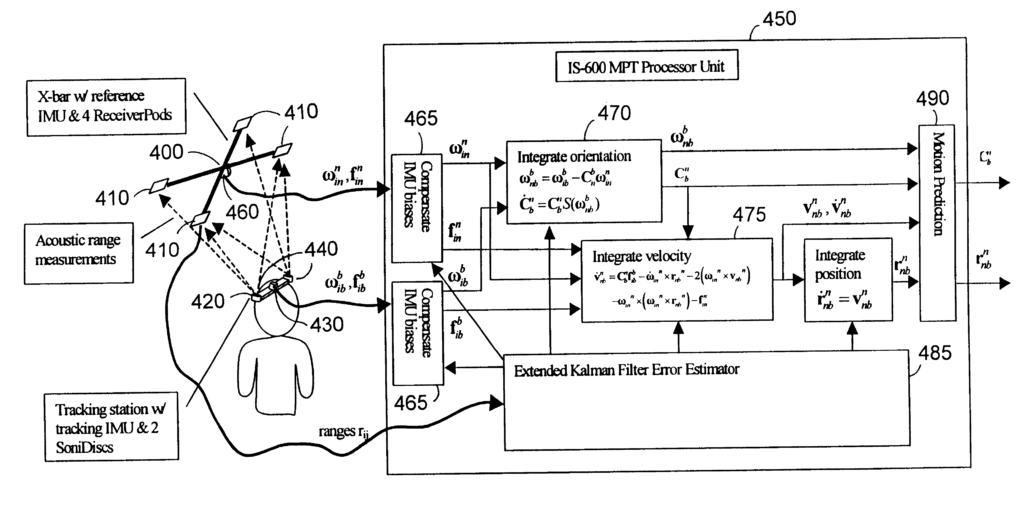 Thales Visionix Inc. appealed from a Claims Court judgment that most claims of its U.S. Patent No. 6,474,159 were directed to patent-ineligible subject matter.
Thales Visionix Inc. appealed from a Claims Court judgment that most claims of its U.S. Patent No. 6,474,159 were directed to patent-ineligible subject matter.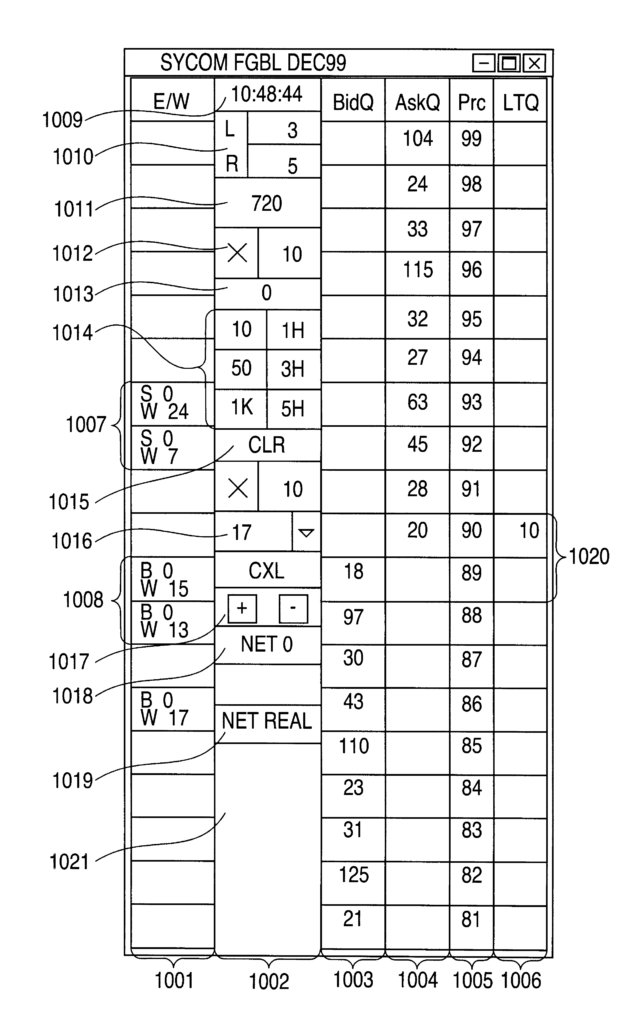 This decision should be very interesting to software developers who want software patents on unique graphical user interfaces. The decision is non-precedential, but can be cited to the U.S. Patent and Trademark Office when the facts in a patent application uniquely match those in this case. Up until this case, and after Alice, the Federal Circuit had consistently found the claims to user interfaces patent-ineligible, reasoning that generically claimed user interfaces that merely present information that had been collected and analyzed are ineligible.
This decision should be very interesting to software developers who want software patents on unique graphical user interfaces. The decision is non-precedential, but can be cited to the U.S. Patent and Trademark Office when the facts in a patent application uniquely match those in this case. Up until this case, and after Alice, the Federal Circuit had consistently found the claims to user interfaces patent-ineligible, reasoning that generically claimed user interfaces that merely present information that had been collected and analyzed are ineligible.